Technically Trained and Certified
20/20 PI is among a very limited number of Licensed Mold Assessment/Home Inspection companies whose inspectors are technically trained and certified to perform this powerful inspection service. Infrared thermal imaging or thermography is the state of the art home and building diagnostic instrument capable of locating problems within the building structure quickly and noninvasive. We use awarding winning Fluke thermal imaging cameras for all infrared assessments. FLUKE is a leader in infrared technology, supplying the United States Government and industry world wide with infrared thermal imaging cameras.
Saving You Money
To identify areas of energy waste infrared imaging has quickly become a valued tool in identifying problems related to energy loss, missing insulation, inefficient HVAC systems, radiant heating, water damage on roofs, and much more. A thermal imaging camera identifies patterns of heat loss that are invisible to the naked eye.
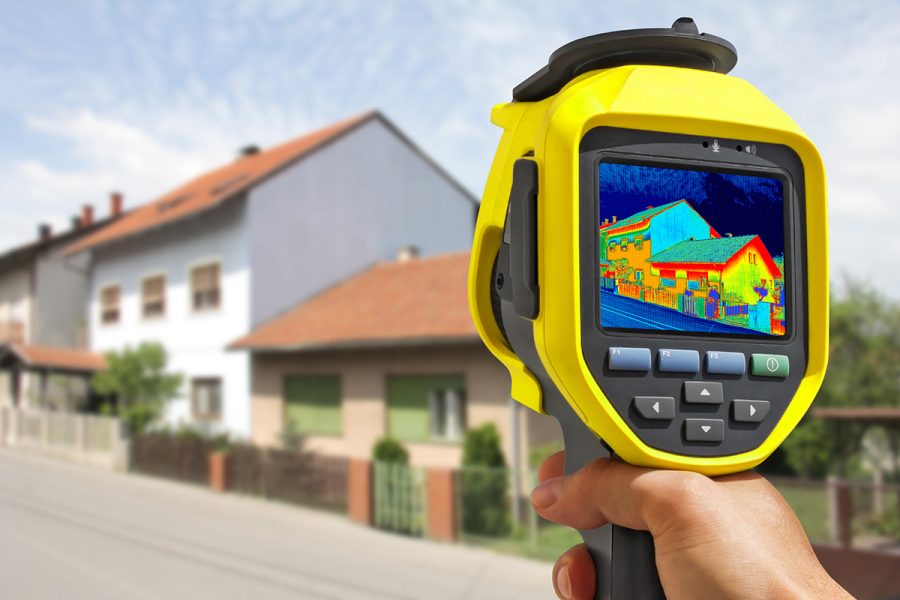
Detection and Visualization of Air Infiltration and Exfiltration
Adequate air exchange is essential for the occupants’ health and safety, but most buildings have a far higher rate of air exchange than is necessary. The root cause is often poor design and/or construction which allow air leakage from the inside of outside of the building, or the opposite. The leakage pathway is often complex and, without thermal imaging, extremely difficult to visualize. This also allows us to quickly identify and note the problem areas.
All new buildings must meet air tightness requirements of the Building Regulations. By reducing air leakage, you will obtain a better comfort in the building. The building can also be cooled more efficiently to conserve energy and save money.
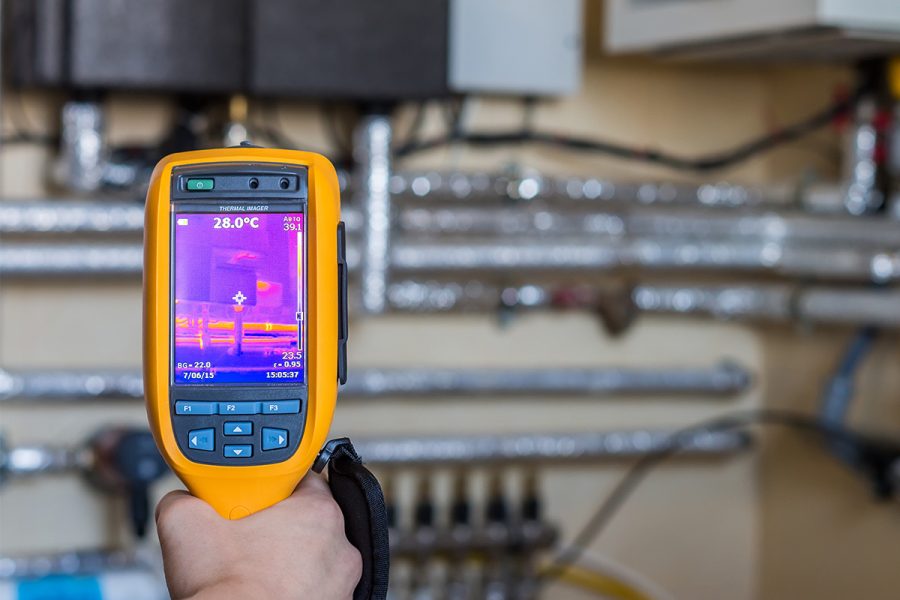
Thermal Imaging for Building Diagnostics
Poor or inadequate insulation, moisture, building envelop leaks, and substandard work are costly to residential and commercial building owners. An infrared camera can help us quickly see where energy efficiency can be improved. The infrared image shows insulation issues on a house facade causing severe energy losses.
Thermal Imaging for HVAC & Plumbing
A “whole building” approach is needed to maximize energy efficiency of a building or a home. Indoor environment can be compromised by poor insulation, poorly sealed windows and doors, inadequate or poorly sealed ductwork, plumbing leaks, or other plumbing issues relating to Heating Ventilation and Air Conditioning (HVAC) systems. In this image, an inspection of a ceiling heating system shows several hot spots. Learn More
Thermal Imaging for Moisture & RestorationFrom start to finish, our inspections can help you simplify your restoration and remediation jobs. An infrared inspection helps you pinpoint water intrusion, find moisture beneath the surface, and document dryness with accuracy and confidence. In this infrared image, the deteriorated areas of the roof are clearly shown at the time of inspection.
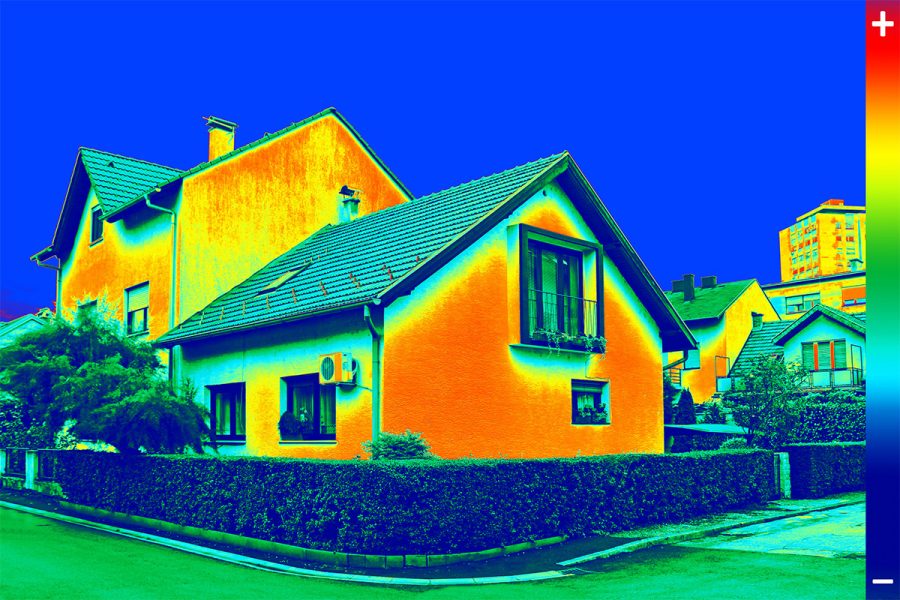
Ways to use Thermography
Infrared cameras are being used in a variety of ways to detect problem areas in residential and commercial buildings.
Moisture intrusion and potential mold in walls and ceilings:
IR thermal imaging is much faster, noninvasive, and provides evidentiary-quality, intuitively understandable data having a much higher degree of accuracy and reliability than other moisture detection technologies used to trace the source and scope of water damage, and thus potential mold in buildings. Once the IR camera identifies areas with thermal differences, a moisture meter can be used to confirm that they represent moisture. Learn More
Missing or damaged insulationAn IR camera can quickly and nondestructively detect areas of missing, moisture-laden or otherwise damaged insulation in walls, crawlspaces and attics or around doors, windows, electrical outlets and other access plates. All of these problems can increase a building’s energy costs by allowing cold air to enter the building and heated air to escape in the winter, and the reverse in the warmer, summer months. IR can also identify poorly or un-insulated pipes, another source of costly heat loss.
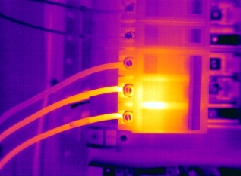
Electrical Issues
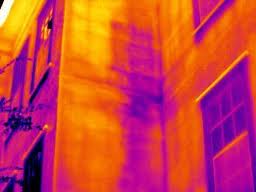
Construction Defects
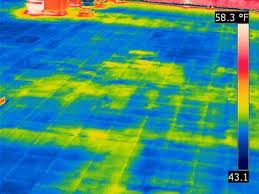
Leaking Roofs
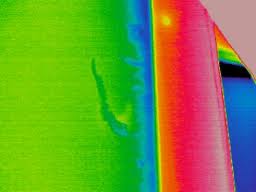
Termites
Post-fire inspections After fires, IR can quickly locate remnant hot spots, assuring the fire is completely extinguished and provide invaluable data for insurance companies’ Cause and Origin investigations. The clear IR images of normally invisible diagnostic evidence can --assist in the planning and execution of the restoration effort and in the settlement process.

